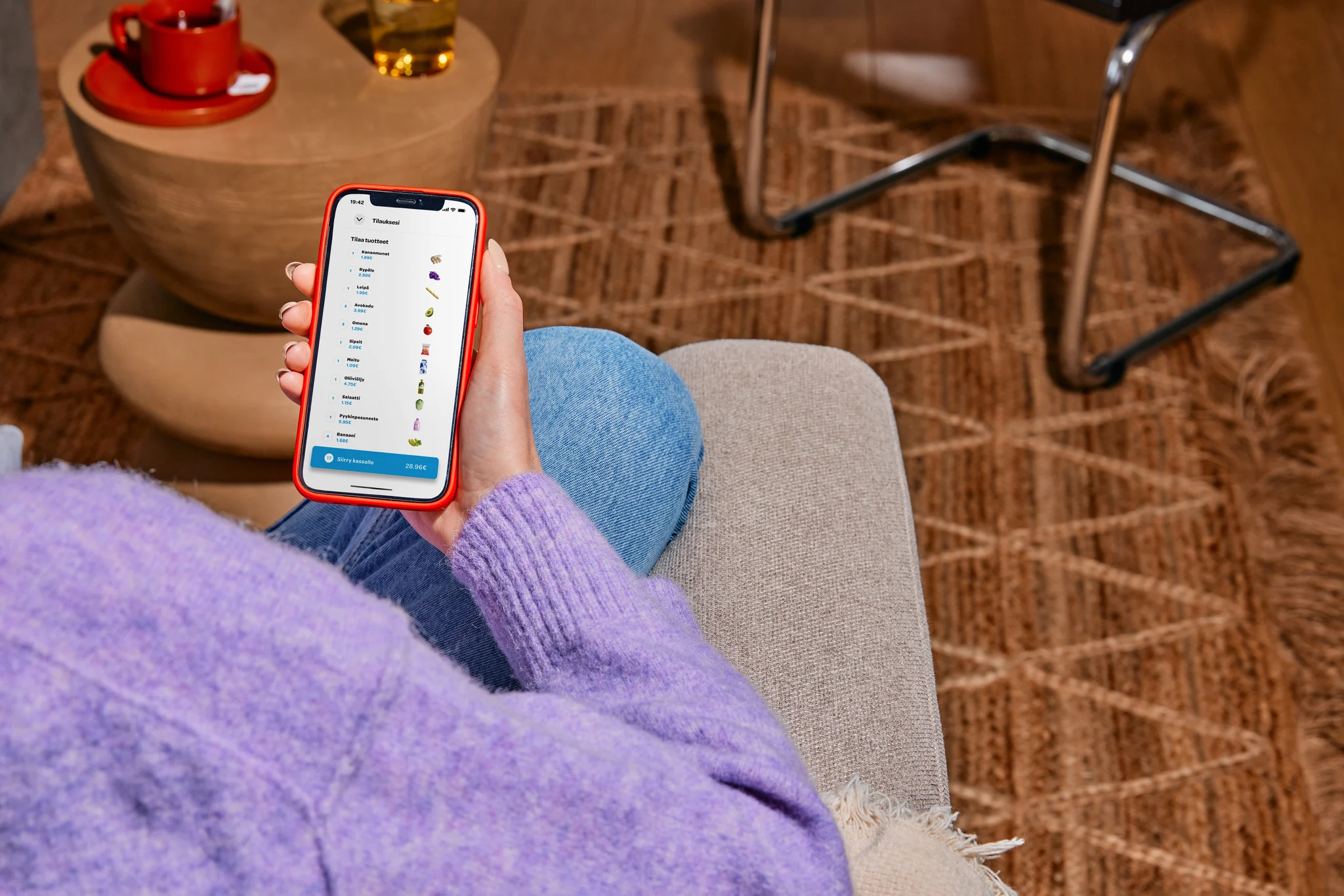Menu design essentials: tips to upsell and boost your order value
⏰ 4 min read 🖊️ Andrea Hesler, B2B Content Marketing Manager

In the competitive world of online food delivery, your menu is more than just a list of dishes—it's a key driver of your restaurant's success. By applying smart menu design techniques, you can guide customers toward high-value items, encourage larger orders, and create a more satisfying dining experience. In this guide, we'll explore essential menu design tips that can help you optimize your offerings on Wolt, ensuring that every customer leaves satisfied and your orders get a healthy boost.
1. Prioritize high-value items
When a customer opens your menu, the first items they see should be the ones that drive the highest value for your business. This isn't just about pricing; it's about showcasing the items that offer the best balance of profitability and appeal.
Start with promotions and combos: Feature your Wolt specials, venue-specific deals, and combo meals right at the top. These are designed to grab the customer’s attention and increase the average order value. Think of them as your menu’s headline acts—irresistible and ready to take center stage.
Popular or personalized items: Wolt automatically highlights your customers’ favorite items based on their past orders, making it easy for them to reorder. These familiar picks are more likely to lead to a sale—especially when you give them a prime spot on your menu.
2. Create a logical flow after high-value items
Once you’ve drawn customers in with your top sellers and deals, it’s important to guide them through the rest of your offerings in a way that feels intuitive. A logical flow keeps customers engaged and reduces the chances of them dropping off before completing an order.
Appetizers/starters: Kick off with small dishes that set the stage for the meal.
Salads/soups: Follow up with light, refreshing options that prepare the palate for the main course.
Mains: The heart of your menu. Organize your main courses by popularity or personalized suggestions to make decision-making easier.
Sides: Offer complementary dishes that pair well with the mains, enhancing the overall meal experience.
Desserts and drinks: End with a sweet note. Conclude with desserts and drinks—high-margin items that customers often add to complete their meal.
3. Optimize menu length and coverage
When it comes to menu size, balance is key. Too many options can overwhelm customers, while too few can limit their choices and reduce order size.
Aim for 100% menu coverage: Ensure that every item available in-house is also available on Wolt. Customers should have full access to your offerings, whether they’re dining in or ordering online. Quick tip: Increasing image coverage of main dishes could boost your venue’s conversion rate by up to 9%, based on our data. Learn the best practices to add, edit, and update your menu photos on Wolt for optimal sales impact in this article.
Optimal menu size: For most venues, having more than 50 items is a solid starting point to offer enough variety without overwhelming your customers. Our data shows that menus with 60 to 120 items hit the sweet spot, but for smaller venues, the focus should be on making sure you’ve got enough options to keep things interesting. Clear, concise categories are key—they help reduce decision fatigue and make it easier for customers to quickly find what they’re craving.
4. Use descriptive language
Words have the power to turn a dish from a simple choice into a must-have. The right descriptions can elevate your menu, making each item more tempting.
Paint a picture: Skip the generic descriptions. Instead of “Grilled Chicken Sandwich,” try something like “Fire-Grilled Chicken Sandwich with Smoky Chipotle Mayo.” It’s about creating an image that makes the dish impossible to resist.
Engage the senses: Use words that make customers taste, smell, and feel the dish before they even order. Think “crispy,” “juicy,” “velvety,” or “zesty”—words that bring your dishes to life.
Highlight what’s special: If your dish uses fresh, local, or premium ingredients, shout it out. It not only adds value but also builds trust and justifies the price.
Mention serving sizes: For dishes meant to be shared or enjoyed solo, let customers know what to expect. Whether it’s how many pieces or how many people it serves, this little detail can help them decide to add more to their order.
5. Don’t forget desserts and drinks
Desserts and drinks might be the last items customers add to their cart, but they play a pivotal role in increasing the total order value. In fact, our data shows that these high-margin items can boost the final bill by up to 15%.
Always include a tempting selection of sweets and beverages in your menu. Whether it’s a decadent chocolate cake or a refreshing iced tea, these final touches can transform a simple meal into a satisfying dining experience. Plus, desserts and drinks travel well with Wolt—our modern delivery bags are designed to keep them at the perfect temperature, ensuring they arrive fresh and ready to enjoy.
Conclusion
Mastering the art of menu design is an ongoing process that can pay significant dividends. By strategically designing your menu, you not only improve the customer experience but also drive higher order values. Remember, a well-crafted menu is your silent salesperson, subtly guiding customers to make choices that benefit both them and your business.
Başlamaq asandır - bu gün qeydiyyatdan keçin
Qeydiyyatdan keçin və Wolt-dan tam faydalanın. Biznesiniz haqqında bir neçə məlumatı qeyd edin və qısa müddətdə fəaliyyətə başlayın.